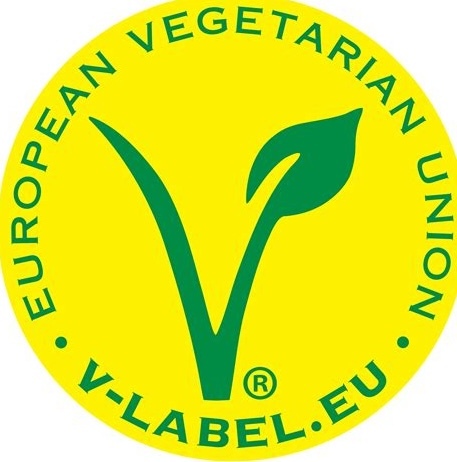

That is an impressive agroforestry system. :) Which chestnut species do you grow?


That is an impressive agroforestry system. :) Which chestnut species do you grow?


You have a ton of potential in South Florida! (Until sea level rise floods everything, of course.) Will you add more fruit trees? The nurseries in your area have some amazing options. Which mangos and avocados do you grow? I’m curious about the quality of ‘Monroe’ and ‘Oro Negro’ avocados.
It’s strange what’s happening with your avocados. Do you know if the bloom timing of avocados in your area has changed at all? If they were previously getting pollinated by trees that now bloom at different times, then that could explain the lack of fruits.
If it’s a choice between banana and grass, I recommend banana 100%. Pine Island and Excalibur both sold Dwarf Namwah last I checked, and that should be very productive. Excalibur also sells FHIA-18, which doesn’t taste so much like banana. I recently posted about it here, though the linked PDF is in spanish.


Off to a good start! Do you know what else you want to add? Forelle pear might be worth considering for your area, but do your own research.


Sounds like you’ve got a great thing going! Maintaining fertility by mulching with cut vegetation and composting “waste” is really important. How big is your fruit forest? Do you plan to diversify further and fill up the field? How small do you plan to keep the trees? I’ve found that pruning tall trees with a pole saw is really tedious and exhausting. Do you have a particular method that’s easier?


If Iceland can grow bananas, then oil palms don’t seem like much of a stretch. But whether they are grown outdoors in the lowland tropics or in a greenhouse somewhere else, that’s land that cannot be native forest. At least in the tropics, it’s possible to implement an agroforestry system that includes both oil palms and native trees, but in a greenhouse somewhere cold… nope. Even if the yield would be greater than that of more cold-tolerant oil crops, more energy would be needed for heating in the winter, so intuitively, it doesn’t seem practical except where there would be large amounts of “waste” heat anyway, like near geothermal vents or power plants.
Fortunately, palm oil is not essential for nutrition, and many industrial applications could use (e.g.) hemp oil if palm oil is not available, so it’s not necessary to increase production of palm oil. About half of world production goes to “livestock” feed anyway.
a berry pie without any sugar but what’s already in the berries shouldn’t be too bad.
Wolves have been observed to subsist on almost exclusively blueberries during the height of the season in Yellowstone, so I’d say the glyphosate residue in the flour is much more of a risk than whatever fruit is in the middle.


All systems of oppression must be dismantled, no matter how inconvenient or unpleasant that process may be.


Hello and thank you for your thoughtful comment. In general, I agree. I was not insinuating that Dipteryx oleifera trees (or plants in general) are only valuable as a source of food. They provide a myriad of ecosystem services, and all life in the forest is connected and interdependent. I simply meant that while some fruit-bearing plants are widely planted outside of their native range for food (durians, mangos, peaches, and probably most things that we both eat), this particular tree is probably not worth planting for its fruit alone (especially considering its size), and therefore it doesn’t make sense to grow it outside of its native range as one might do with some other fruit trees. Within its native range, it could be worth planting for the sake of restoring the forest, in which case eating the fruit would be a bonus.
Of course, no animal is food.
It’s more beautiful than delicious, honestly. The fruit doesn’t have a very strong flavour, and the spines and seeds make it difficult to eat many of them out of hand, BUT blended with other things, it can be quite nice.


For those finding this post for the first time, OP is now an admin of https://lemmy.vg/ which is a Lemmy instance run by vegans for vegans.


Thank you for taking the time!
OP: Whenever you’re looking for a specific plant, it helps to give the scientific name, as many plants share vernacular names or go by different vernacular names in different areas. I think that “white clover” pretty much always refers to Trifolium repens, but including the scientific name is still a “best practice” to keep in mind.
For anyone else reading, Fedco (Not Sponsored™) sells bulk white clover seed in the USA:
Yes, convert that lawn! Two plants worth considering are Prunus persica ‘Kernechter vom Vorgebirge’ and Amelanchier × lamarckii. I’ve heard great things about them, but they were growing in SW Germany, so do your own research first. What do you use for a ground cover? Clover can be a valuable ally in the fight against the grass.